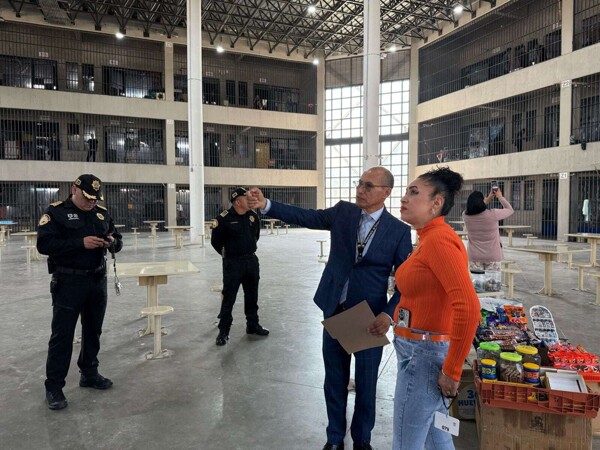Axolotls are amphibians that inhabit the lakeside area of Mexico City and are endangered. For this reason, efforts have been made for their preservation in recent years. As a symbol of Xochimilco, south of CDMX, the Light Train will be renamed 'Axolotl Train,' according to the Head of Government, Clara Brugada, during a working meeting in Santa Úrsula, Coapa over the weekend.
The new Axolotl Train will consist of 17 completely new units to improve transportation capacity between Xochimilco and Taxqueña. Each of the trains will be decorated with illustrations of axolotls in magenta tones on a beige background, accompanied by flowers in bright colors. This change joins other mobility projects planned by the Government of CDMX in preparation for the 2026 Football World Cup, where Mexico will host some matches at venues such as Banorte Stadium, formerly known as El Azteca.
In addition to the Axolotl Train, the renovation of the Cetram of Huipulco, the transformation of the Coyosauria dinosaur park, and the rehabilitation of seven wells in the south of CDMX are planned. A new route for the Trolebús is also planned, which will connect Huipulco with Ciudad Universitaria, although specific details about the route have not been provided.
On the other hand, new electric buses are projected to be acquired in the coming days to provide independent service on the new Trolebús line, which already has a route on Aztecas Avenue, also in the south of the city. Clara Brugada emphasized the importance of these investments in public transport as a tool to promote social, environmental, and territorial justice, with the goal of showing the world during the 2026 World Cup that public transport in Mexico City is a source of pride and constant transformation.














